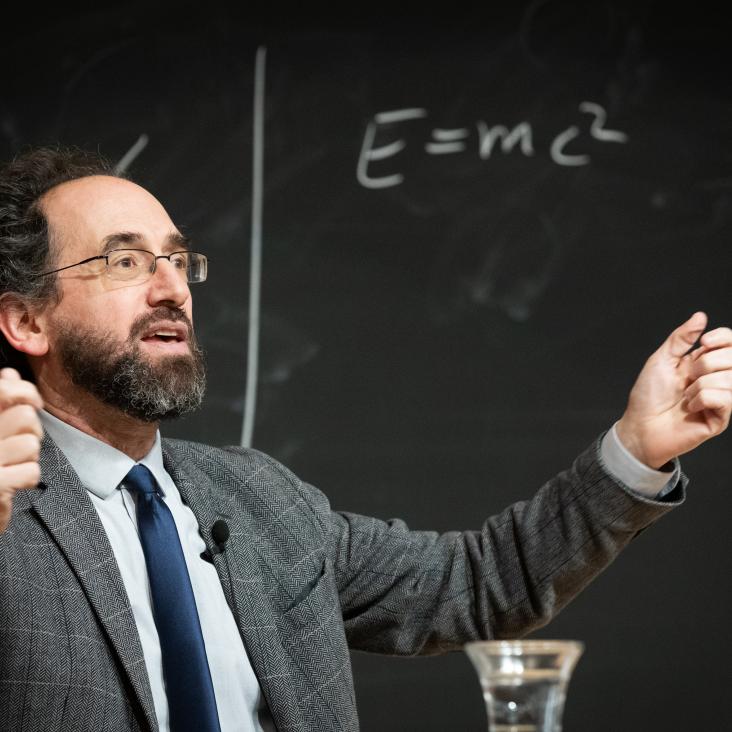A closed band-projected density algebra must be Girvin-MacDonald-Platzman
Physical Review Letters American Physical Society 134 (2025) 136502
Abstract:
The band-projected density operators in a Landau level obey the Girvin-MacDonald-Platzman (GMP) algebra, and a large amount of effort in the study of fractional Chern insulators has been directed toward approximating this algebra in a Chern band. In this Letter, we prove that the GMP algebra, up to form factors, is the only closed algebra that projected density operators can satisfy in two and three dimensions, highlighting the central place it occupies in the study of Chern bands in general. A number of interesting corollaries follow.
Phase separation in the putative fractional quantum hall A phases
Physical Review B: Condensed Matter and Materials Physics American Physical Society 111 (2025) 045102
Abstract:
We use several techniques to probe the wave functions proposed to describe the A phases by Das, Das, and Mandal [Phys. Rev. Lett. 131, 056202 (2023); Phys. Rev. Lett. 132, 106501 (2024); Phys. Rev. B 110, L121303 (2024).]. As opposed to representing fractional quantum Hall liquids, we find these wave functions to describe states that clearly display strong phase separation. In the process of exploring these wave functions, we have also constructed several new methods for diagnosing phase separation and generating such wave functions numerically. Finally, we uncover a new property of entanglement spectra that can be used as a check for the accuracy of numerics.Superconductivity from repulsive interactions in Bernal-stacked bilayer graphene
Physical Review B American Physical Society 110:21 (2024) 214517
Abstract:
A striking series of experiments have observed superconductivity in Bernal-stacked bilayer graphene (BBG) when the energy bands are flattened by applying an electrical displacement field. Intriguingly, superconductivity manifests only at nonzero magnetic fields, or when spin-orbit coupling is induced in BBG by coupling to a substrate. We present detailed functional renormalization group and random-phase approximation calculations that provide a unified explanation for the superconducting mechanism in both cases. Both calculations yield a purely electronic 𝑝-wave instability of the Kohn-Luttinger type. The latter can be enhanced either by magnetic fields or Ising spin-orbit coupling, naturally explaining the behavior seen in experiments.Finite-temperature properties of string-net models
Physical Review B: Condensed Matter and Materials Physics American Physical Society 110 (2024) 155147
Abstract:
We consider a refined version of the string-net model which assigns a different energy cost to each plaquette excitation. Using recent exact calculations of the energy-level degeneracies we compute the partition function of this model and investigate several thermodynamical quantities. In the thermodynamic limit, we show that the partition function is dominated by the contribution of special particles, dubbed pure fluxons, which trivially braid with all other (product of) fluxons. We also analyze the behavior of Wegner-Wilson loops associated to excitations and show that they obey an area law, indicating confinement, for any finite temperature except for pure fluxons that always remain deconfined. Finally, using a recently proposed conjecture, we compute the topological mutual information at finite temperature, which features a nontrivial scaling between system size and temperature.Phase Separation in the Putative Fractional Quantum Hall A phases
(2024)


